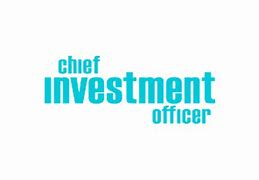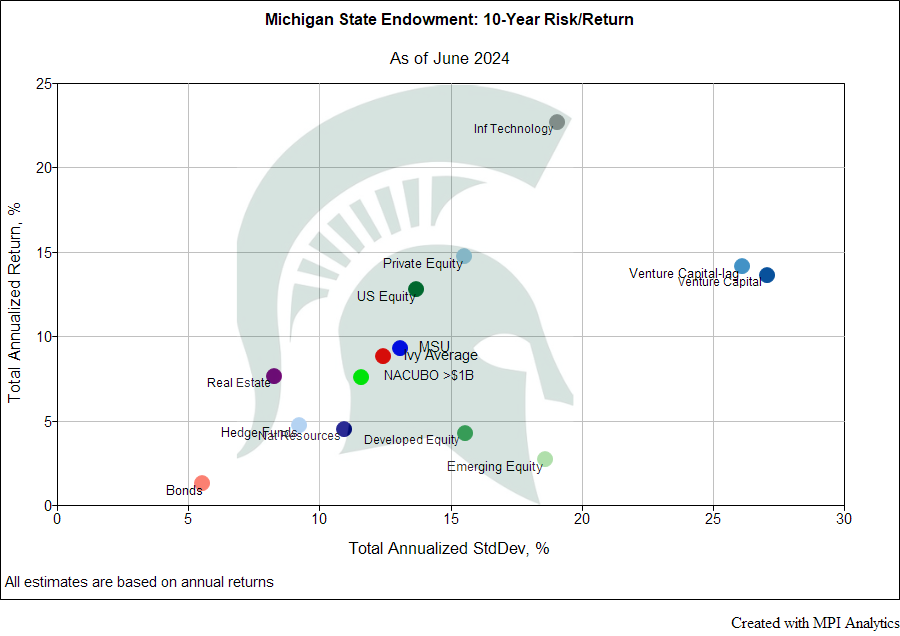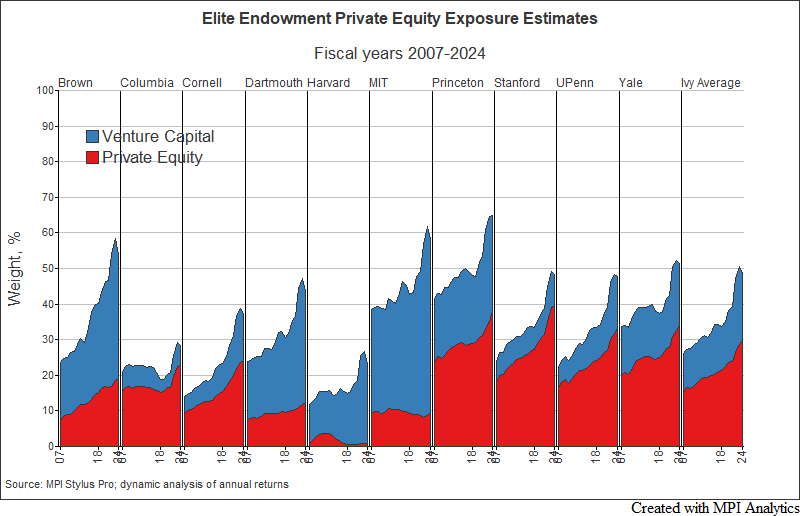
How Michigan State’s Endowment Outperformed the Ivies
In his FundFire article, Sabiq Shahidullah draws on MPI’s quantitative analysis, “Solving the Biggest Puzzle of the 2024 Endowment Season,“ to provide transparency into Michigan State’s top-performing endowment, given the limited information from the school’s public disclosures and a CIO interview. He quotes MPI’s analysis and uses its findings throughout the piece: “A defining feature of MSU’s portfolio is its focus on tech stocks, which was the primary driver of returns, said Michael Markov, co-founder and chairman of Markov Processes. The endowment’s tech exposure comes not only through direct equity holdings, but also tech-focused hedge fund strategies and private equity and venture capital funds. MSU and Brown University share a similar tech-forward portfolio strategy, although MSU has an even stronger tech bias, Markov added.” (FundFire subscription required)





